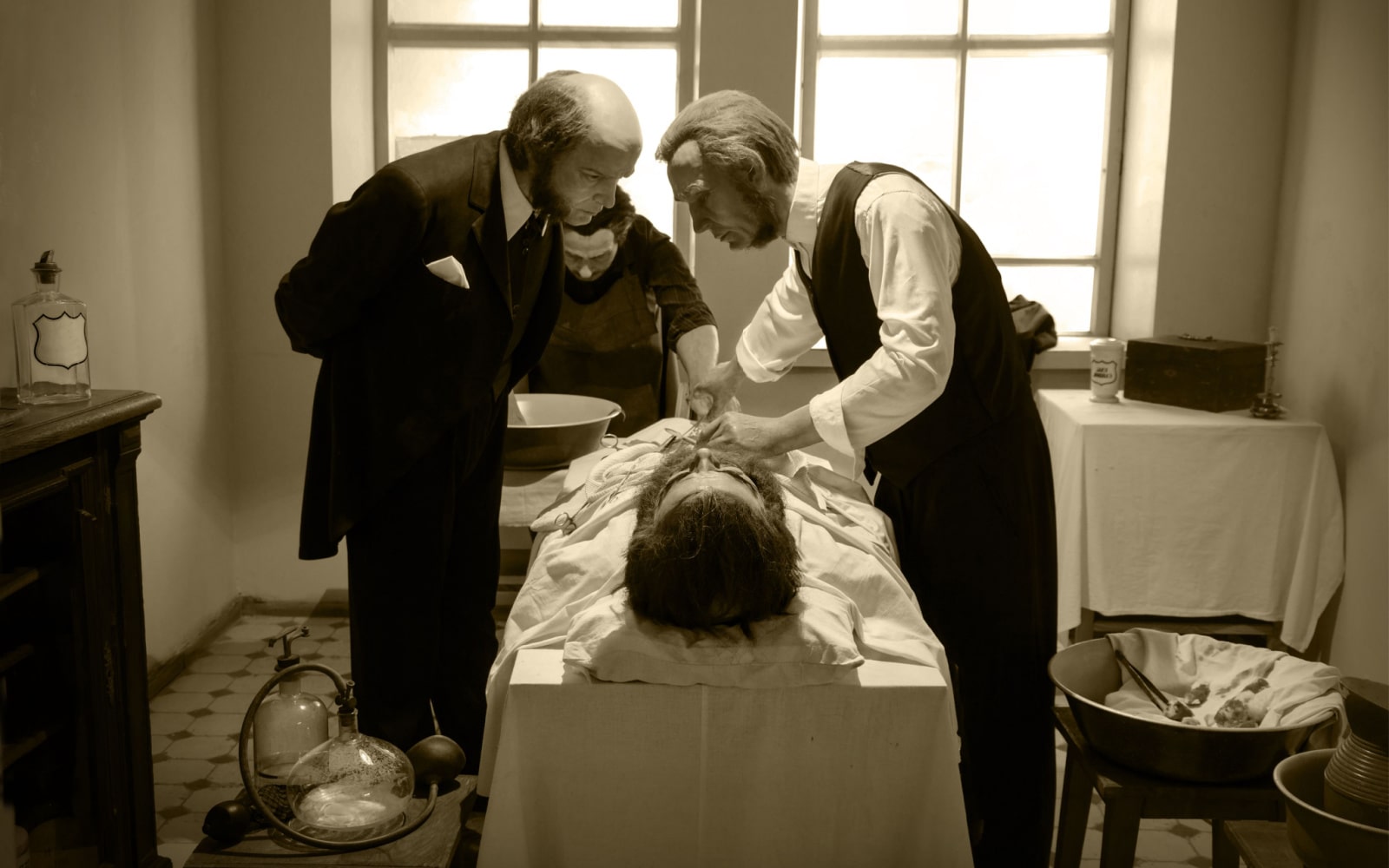Improving anesthesia options has been an essential focus of dental medicine since we pulled our first tooth thousands of years ago. We have records of anesthesia going back thousands of years. Likely, our quest for a way to ease the pain of dental treatment started long before this. The earliest records of anesthesia can be found in Ancient Egyptian records. Tracing the development of anesthesia forward, we can find it cutting a path through Medieval Europe to the modern day. However, throughout this period, the type of anesthesia used was reasonably consistent.
How Dental Anesthesia Has Evolved Through History
There were several consistent players in anesthesia options from ancient history to the modern day. One of the earliest forms of dental pain control was opium, a heady narcotic with addictive properties. Milder approaches included herbal options such as henbane and alcohol in all its forms. While these brought some relief, there were numerous dangerous side effects to many available options. Like opium, alcohol was dangerously addictive if used consistently.
Regardless, these were the primary form of pain relief available to dental patients until the arrival of the 18th and 19th centuries. During this remarkable period, there were numerous advances in anesthesia and other medicines. However, the processes by which these were discovered, tested, and used were still relatively rudimentary and often dangerous. The most common time to discover that there was a dangerous aspect to a given anesthetic was during its use or in the aftermath when the side effects became apparent.
Some of the anesthetic options discovered during this time include:
- Cocaine – This was a highly effective method of dulling sensation and soothing pain for patients undergoing dental care. However, the substance is also incredibly addictive, with many patients suffering dependency and the subsequent consequences. When it was initially introduced, it wasn’t a controlled substance and could be found on any pharmacy shelf.
- Morphine – This narcotic is still used for treating patients living with intractable pain. It first saw common use during the 18th and 19th centuries and was as common in pharmacies as cocaine was. It is rarely used in modern medicine, being reserved for those suffering from a terminal disease or as a temporary measure while the patient’s pain is gotten under control.
- Ether – Modern uses for ether include mixing it with gums, resins, and waxes for industrial processes. When first discovered, however, it was also used for rendering patients unconscious during the performance of dental care. Complications, including respiratory paralysis and drunkenness, made it quickly fall out of favor, however.
Through all the experimentation and discovery, only one anesthetic option is still used in dental care today. Nitrous Oxide, also referred to under the name laughing gas, provides a significant euphoric high for those receiving it. It can render them giddy, relaxed, and less sensitive to discomfort during treatment. While it doesn’t actually numb pain, it does reduce its perceived impact on the patient.
Speak To Your Dentist About Anesthetic Options
During these bold and stumbling steps forward from ancient anesthetics, medical and dental science have continued to advance. Modern methods include safer options for pain control that ensure a comfortable and pain-free experience for patients receiving dental care. Ask your dentist to learn more about the anesthetic options available at their clinic.


